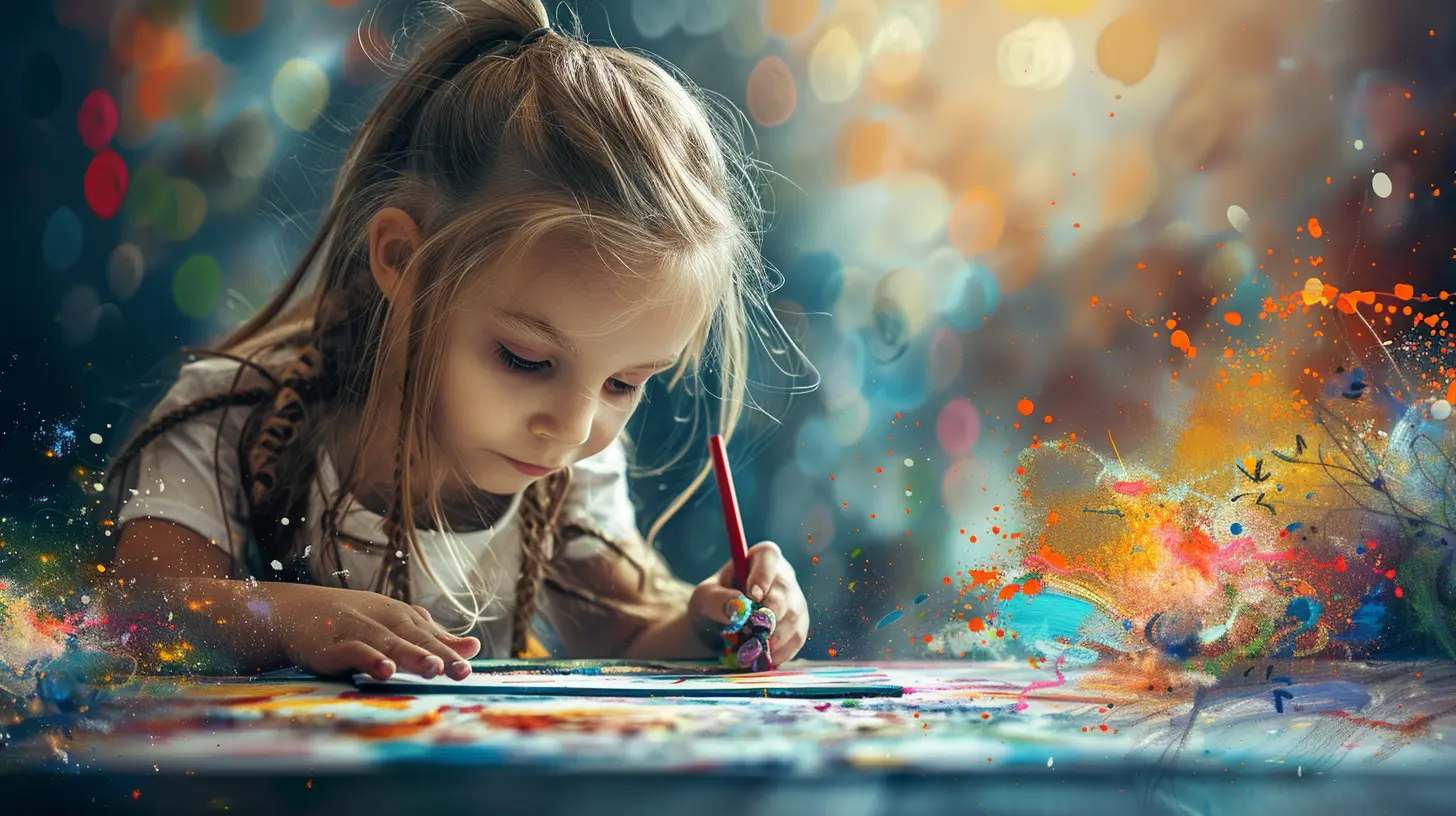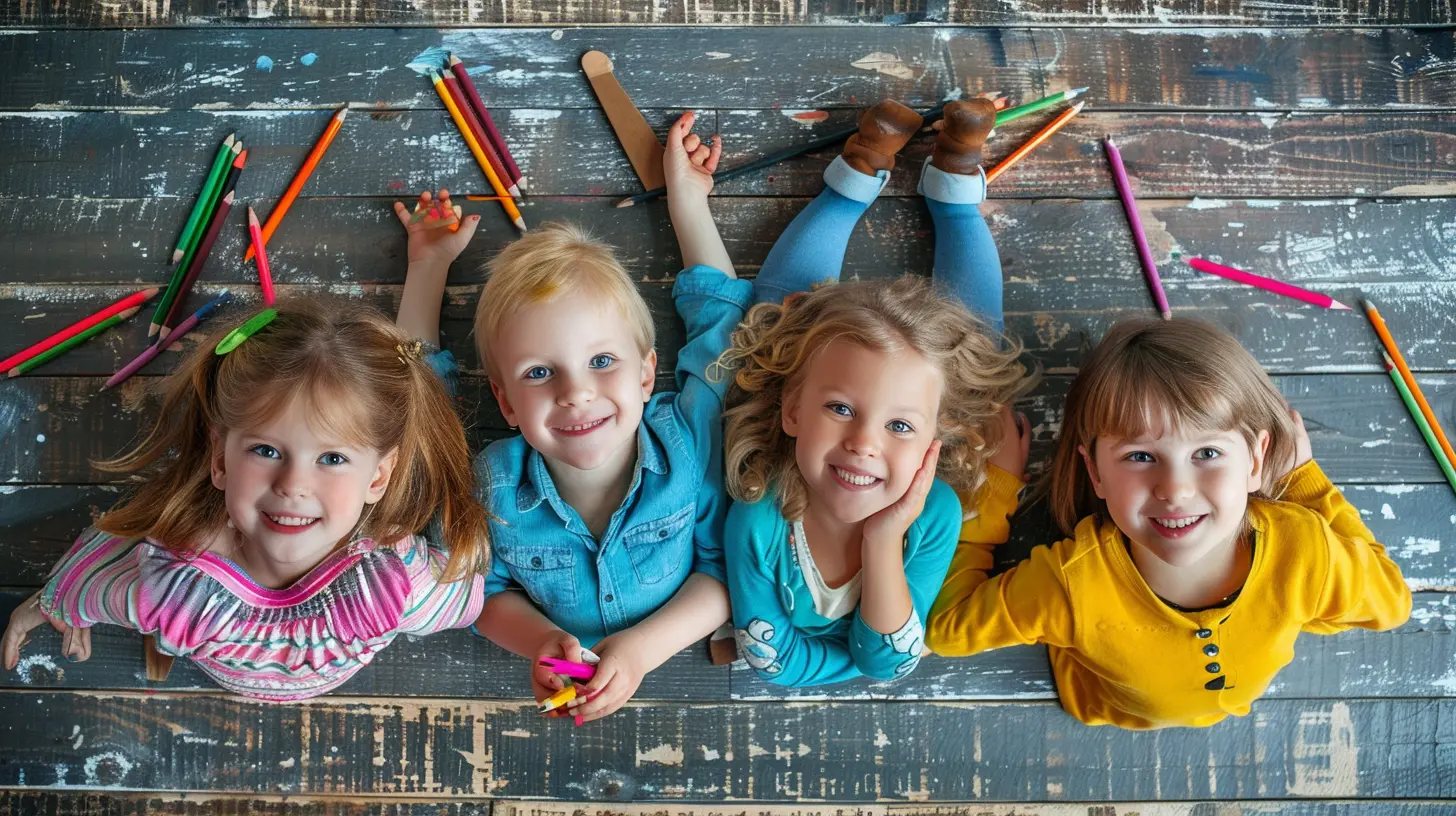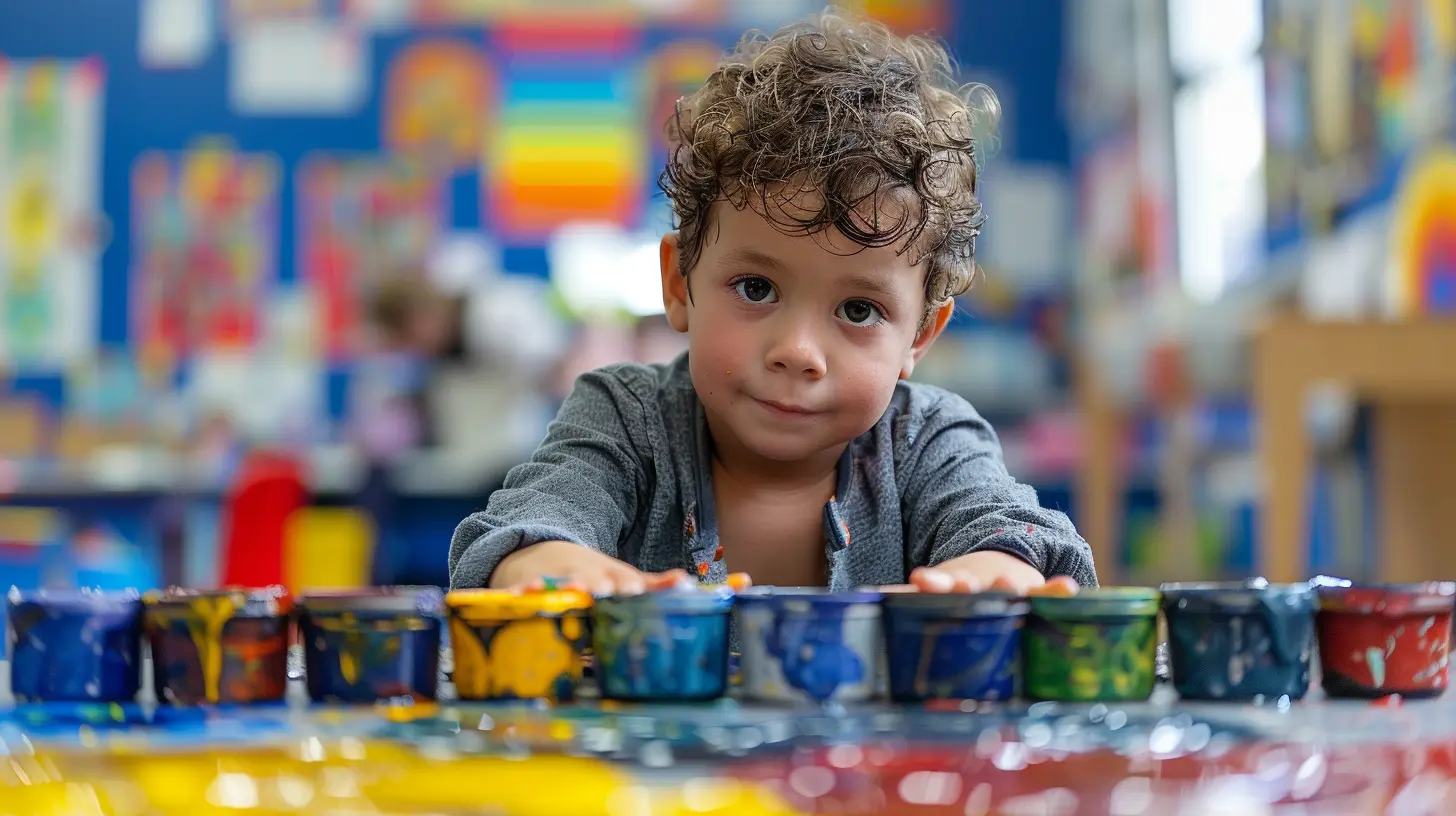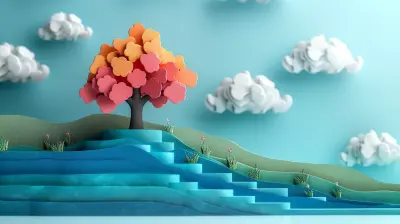25 April 2025
Literacy is more than just reading and writing. It's about understanding the world, communicating ideas, and thinking critically. But what if I told you that art and creative expression play a massive role in building early literacy skills? Yes, you heard it right! Drawing, painting, storytelling, and even simple crafts are powerful tools that can help young minds grasp language, develop critical thinking, and boost their confidence.
In this article, we’ll dive into how art and creativity can shape early literacy, why it works, and how parents and educators can encourage this fun and engaging learning process.

Why Is Early Literacy So Important?
Before we jump into the art side of things, let’s talk about why early literacy matters. Imagine trying to navigate the world without being able to read signs, follow directions, or express your thoughts. Sounds tough, right? Literacy is the foundation of communication and learning.When children develop strong literacy skills at an early age, they gain an advantage in school and life. Reading fluency, comprehension, and writing skills all stem from early exposure to words, stories, and creative play. But here’s the kicker—these skills don’t just come from books. They also emerge through hands-on experiences, including art and other forms of creative expression.

How Art and Creative Expression Boost Literacy
1. Art Encourages Storytelling
Kids see the world in colorful, imaginative ways. Give them a blank sheet of paper and some crayons, and they’ll create entire worlds. But here’s the magic—through drawing and painting, children start telling stories.When a child explains their artwork, they’re practicing narrative skills, sequencing events, and describing details—all essential elements of literacy. Ask questions like:
- "What’s happening in your picture?"
- "Who are the characters?"
- "What do you think will happen next?"
These conversations encourage verbal expression and help kids connect storytelling with visual representation.
2. Drawing and Writing Go Hand in Hand
Before kids can write letters and words, they scribble. Those seemingly random lines and shapes? They’re an early form of writing! When children engage in drawing, they strengthen their fine motor skills, which are essential for holding a pencil and forming letters later on.Encouraging children to describe their pictures or label their drawings with words helps them make connections between images and language. Over time, this develops into writing skills.
3. Creative Play Builds Vocabulary
Ever notice how kids create entire conversations while playing with dolls, action figures, or puppets? This kind of imaginative play expands their vocabulary and improves their ability to express thoughts and emotions.Art projects can do the same. When children mix colors, use new materials, or follow steps to complete a craft, they’re exposed to new words. Terms like “blend,” “shade,” “fold,” and “glue” might seem basic to us, but to a preschooler, they’re new and exciting additions to their vocabulary.
4. Music and Movement Reinforce Language Skills
Literacy isn’t just about reading and writing—it’s also about listening and speaking. Songs, rhymes, and movement activities support language development by reinforcing rhythm, phonetics, and word patterns.Think about how many classic nursery rhymes and children’s songs include repetitive sentences. These patterns help kids recognize sounds, syllables, and word structures, making it easier for them to read and write later. Plus, who doesn’t love a fun song with some silly dance moves?
5. Art Encourages Critical Thinking and Problem-Solving
When kids create artwork, they’re making choices—what colors to use, where to place things, how to fix mistakes. These decisions require critical thinking and problem-solving skills, both of which are crucial for literacy and comprehension.For example, when children illustrate a story they’ve heard, they have to think about the sequence of events and how to visually represent different ideas. This strengthens their understanding of storytelling and helps improve reading comprehension.

Simple Ways to Use Art to Support Literacy
Now that we know how art supports literacy, let’s explore some practical ways to incorporate creativity into early learning.1. Encourage Daily Drawing and Writing
Provide kids with sketchbooks, crayons, and pencils to encourage daily drawing. Ask them to tell you about their pictures and, if they’re old enough, label them with words.2. Create Story Art
After reading a book, have kids draw a picture of their favorite scene. Then, discuss their drawing and ask them to retell the story in their own words.3. Use Puppets and Dramatic Play
Set up a puppet theater or dress-up corner where kids can act out stories. Acting out narratives helps children understand character roles and plot development.4. Make Alphabet Art
Create fun projects that introduce letters and sounds. For example:- Finger paint letters
- Create collages of objects that start with a specific letter
- Use clay to shape letters and words
5. Encourage Journaling
Even before kids can write full sentences, encourage them to keep a drawing journal. Let them illustrate their day and dictate captions. Eventually, this will transition into writing sentences and short stories.6. Sing and Dance
Sing songs with rhyming words and movement. Clapping along to syllables can help children break down words and improve phonological awareness.7. Let Kids Create Their Own Books
Staple a few blank pages together and let kids create their own books. They can draw pictures and dictate the story to an adult, who can write it down for them. This activity gives children a sense of authorship, making reading and writing more meaningful.8. Display Their Work
Showcasing children’s art and written work around the house or classroom encourages them to take pride in their creativity, reinforcing the importance of self-expression.
Final Thoughts
Building early literacy doesn’t have to be limited to books and worksheets. Art and creative expression provide exciting, hands-on ways for children to develop language skills, boost their confidence, and cultivate a lifelong love for storytelling.When kids engage in drawing, painting, singing, and imaginative play, they’re not just having fun—they’re laying the foundation for strong reading and writing abilities. So, grab those crayons, turn up the music, and let creativity lead the way to literacy success!


